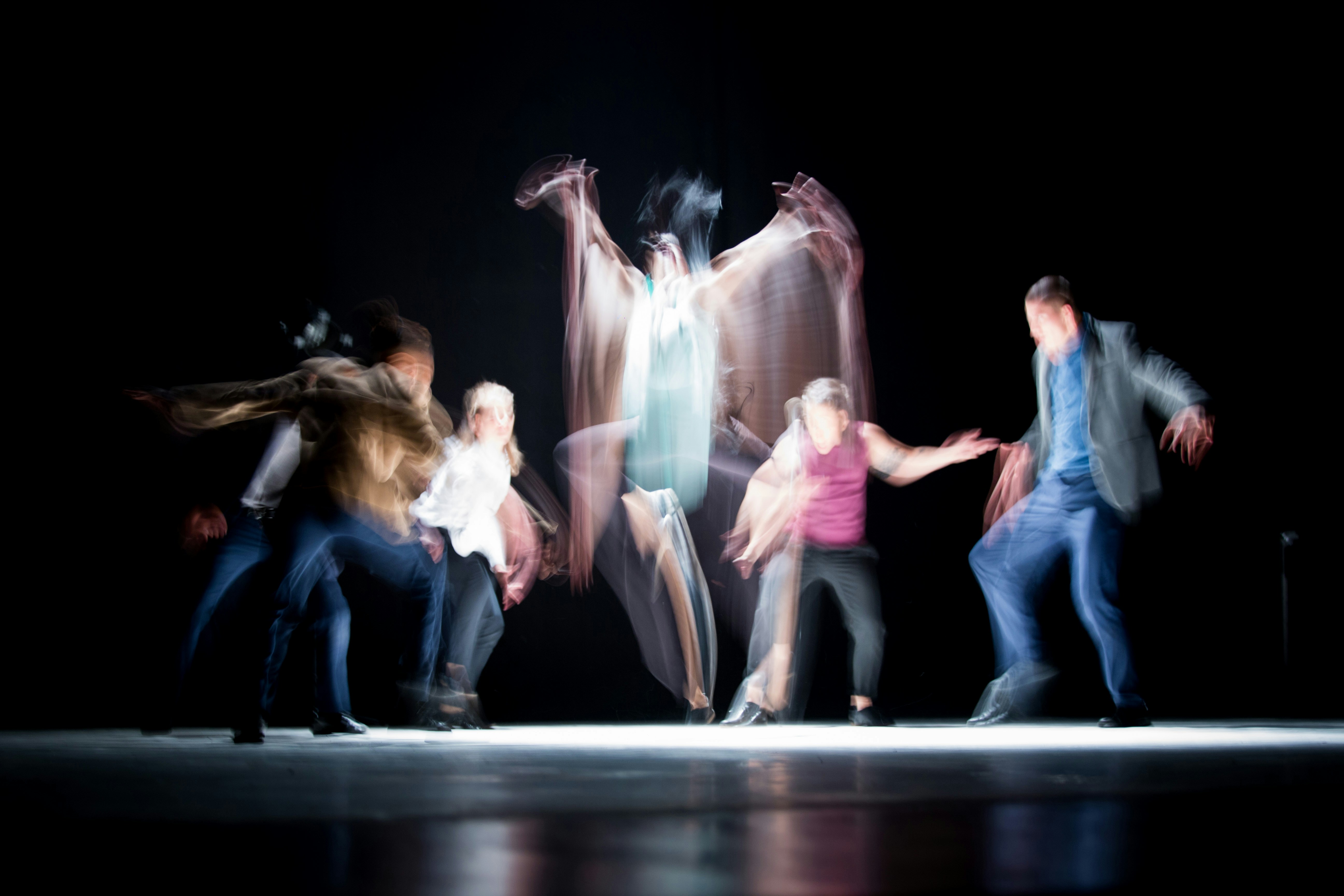Transcending Boundaries: The Convergence of Augmented Reality and Performing Arts
Introduction: The world of performing arts is undergoing a remarkable transformation, fuelled by the advancements in Augmented Reality (AR). This fusion of technology and creativity is not only redefining artistic expression but also reshaping audience's expectations.

A New Reality in Performance Arts
In the last decade, Augmented Reality, an immersive technology that overlays digital content onto the physical world, has infiltrated various industries. The performing arts sector, known for its constant innovation and adaptation, has not been left behind. Historical records indicate that the first experiments with AR in the arts date back to the late 2000s. However, it wasn’t until the 2010s that it started being used more extensively in performances, installations, and exhibits.
The Current State of AR in Performing Arts
Today, AR is being used in a myriad of ways within the performing arts. Dance companies are incorporating AR projections into their performances, enhancing the visual spectacle and adding a new layer of storytelling. Theatre productions are experimenting with AR to create immersive sets and offer interactive experiences to the audience. Even music concerts are employing AR to elevate the live experience, with virtual elements synchronizing with the music and the performers.
The Impact and Reception
The integration of AR in performing arts has received mixed reviews. Some laud the innovative approach, appreciating the added dimension and the heightened level of engagement it brings. Critics, however, argue that the overuse of technology can overshadow the actual performance and dilute the essence of live art. Despite these contrasting views, one cannot deny the impact AR has had on the industry. It has opened up new avenues for creativity, allowed for unique narrative techniques, and made arts more accessible by transcending geographical boundaries.
The Future of AR and Performing Arts
The future of AR in performing arts looks promising. As the technology evolves, artists and producers will have the opportunity to explore more sophisticated applications. Virtual Reality (VR), AR’s cousin, is also making inroads into the performing arts, providing opportunities for entirely immersive performances. However, it is crucial for artists to strike a balance between technology and artistry to ensure the core of performing arts remains intact.
Final Thoughts
The fusion of Augmented Reality and performing arts symbolizes the constant evolution of creative expression. It’s a testament to the relentless pursuit of innovation within the art community. While the debate continues about the place of technology in arts, one cannot ignore the exciting possibilities that this convergence presents. As we move forward, it will be interesting to see how this relationship between AR and performing arts develops, shapes, and redefines the future of artistic expression.
The marriage of AR and performing arts is a fascinating development in the world of creative expression. As we stand on the threshold of a new era, we are witnessing the birth of a new genre of performance art that is set to redefine the boundaries of creativity and audience engagement.




